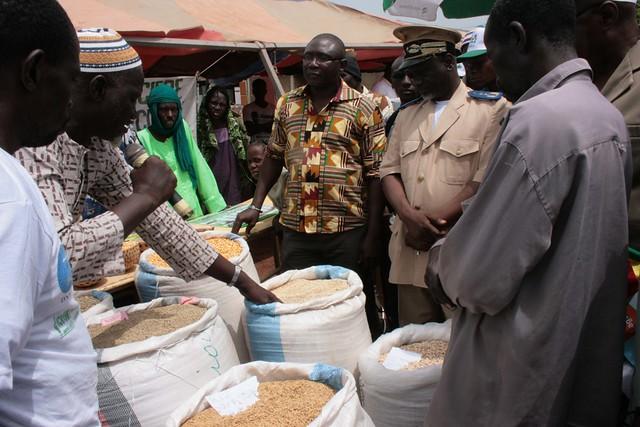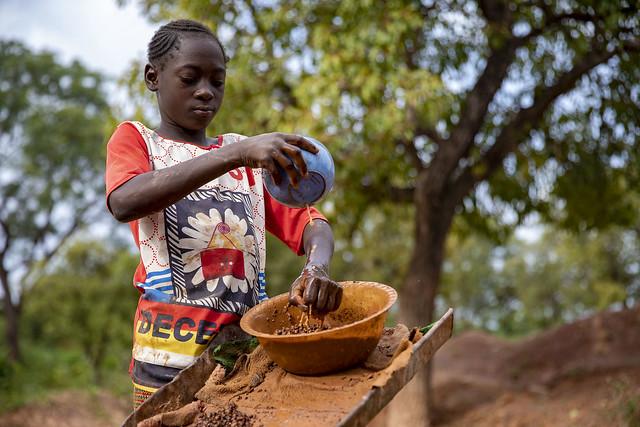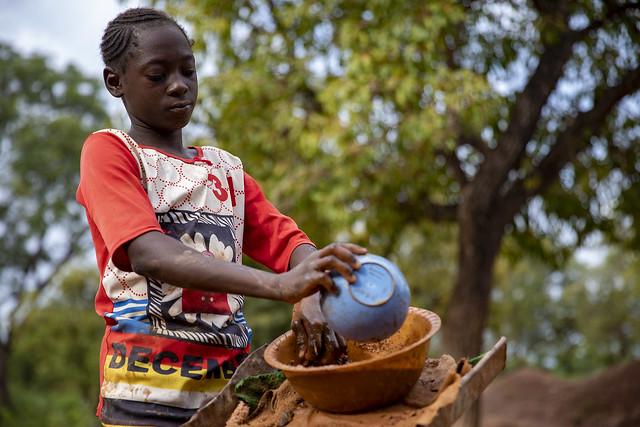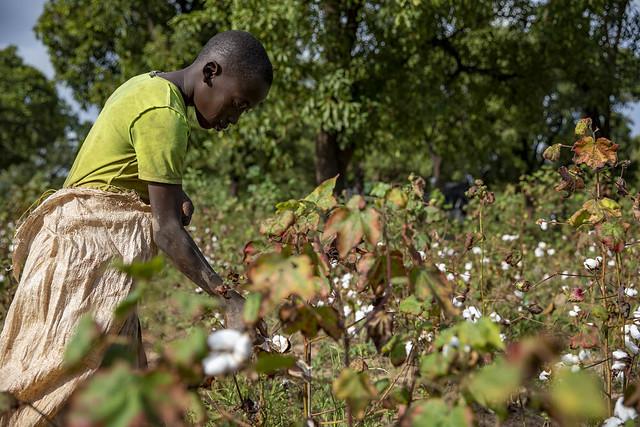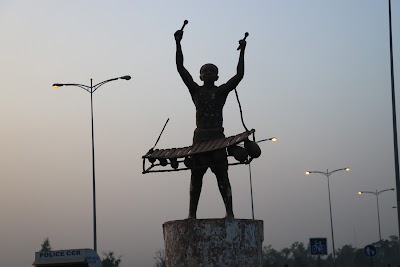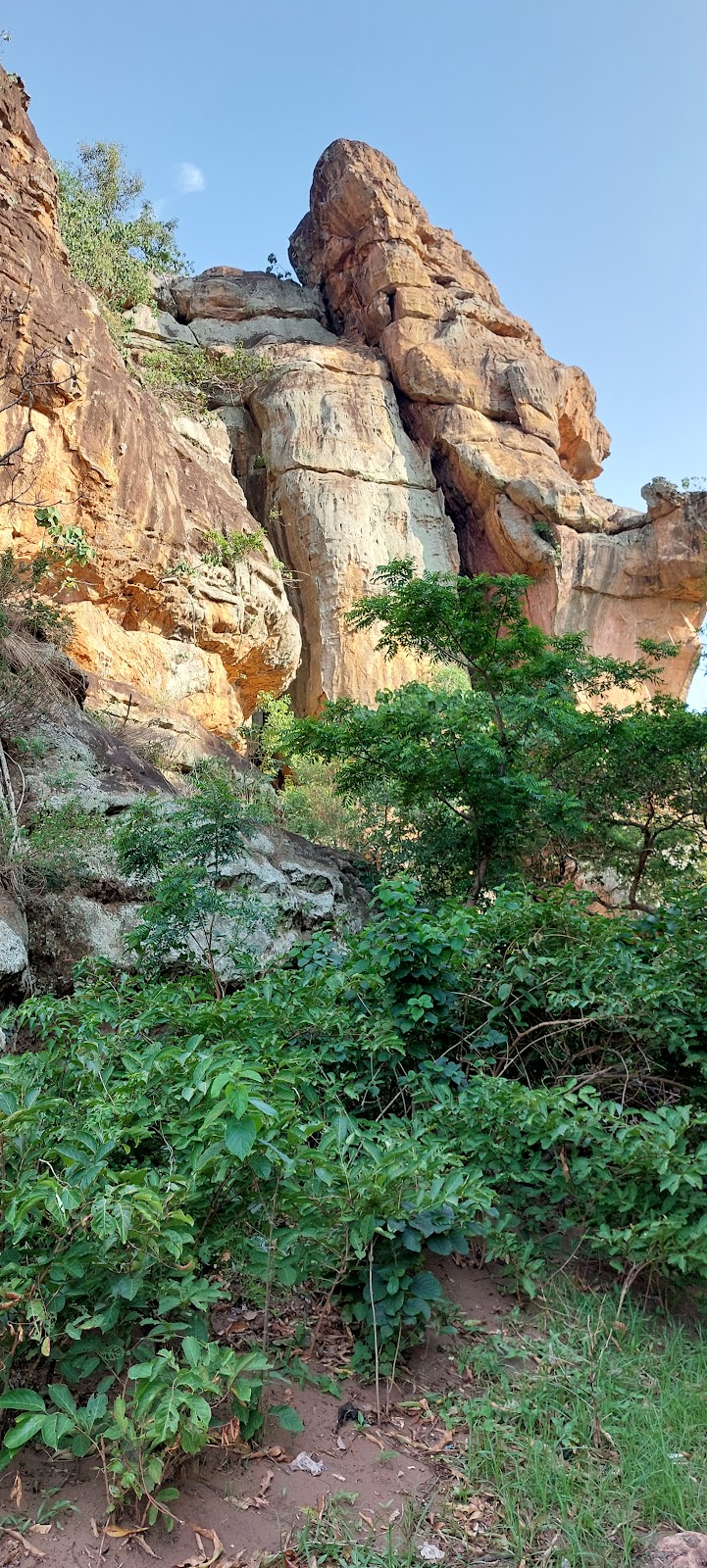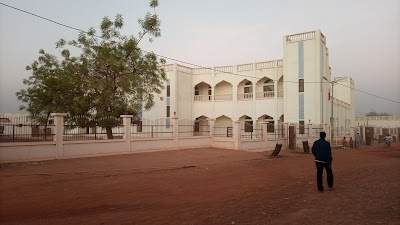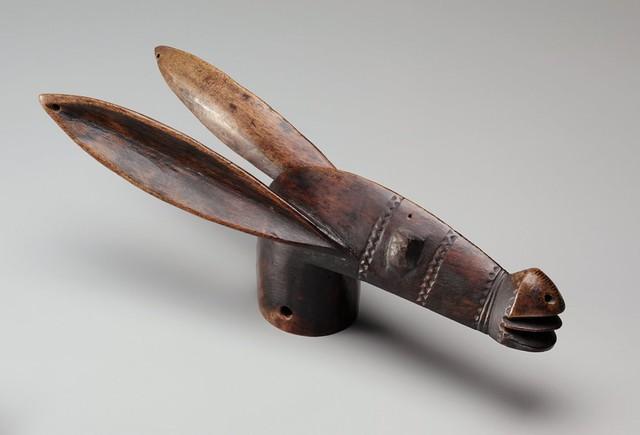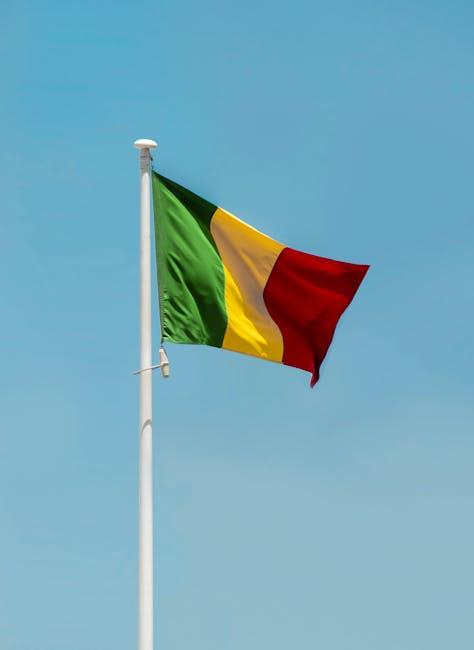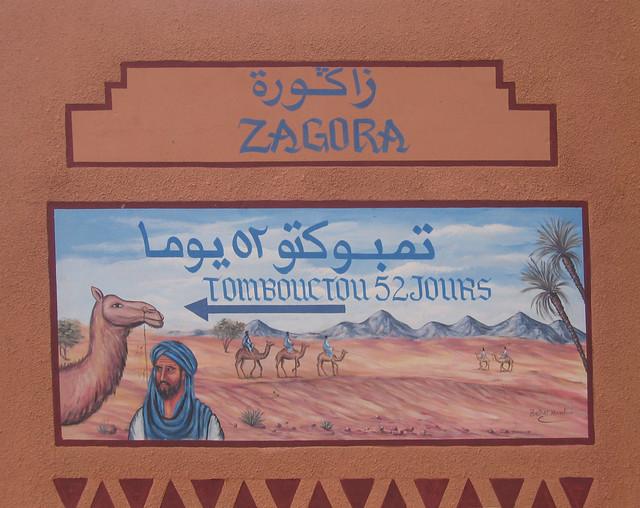Sikasso Region
Overview
Overview of Sikasso Region, Mali:
Sikasso Region is located in the southern part of Mali and is known for its rich cultural heritage and vibrant traditions. It is the second most populous region of the country and boasts a diverse landscape that includes lush forests, rolling hills, and fertile lands. The region is famous for its agriculture, producing a significant amount of Mali's cotton, fruits, and vegetables. The cultural tapestry of Sikasso is woven with various ethnic groups, including the Senoufo, Minianka, and Bambara, each contributing to the region's folklore, music, and dance. Sikasso's history is marked by resistance against colonial forces, and the legacy of its past heroes, like the famed King Tieba Traore, is celebrated in local lore and landmarks.
High Season for Tourism and Activities:
The high season for tourism in Sikasso Region falls between November and February, coinciding with the dry season when the weather is cooler and more comfortable for travel. This period avoids the heavy rains and high humidity typical of the wet season. During these months, visitors can explore outdoor attractions such as the Mamelon Hill, the remains of the Tata (ancient fortifications), and the vibrant local markets without the discomfort of excessive heat. Cultural festivals showcasing traditional music, dance, and crafts are highlights, providing insight into the local customs and community spirit. Additionally, the region's nature reserves are more accessible during this time, ideal for hiking and witnessing the local flora and fauna.
Preparation for Travelers:
Before visiting Sikasso Region, travelers should take several preparations to ensure a smooth and enjoyable trip. It is essential to check visa requirements and obtain any necessary visas ahead of time. Since health concerns can vary, consulting a travel clinic for vaccinations and health advice is prudent, particularly for protection against malaria and other tropical diseases. Packing should include light, breathable clothing for the day, warmer layers for cooler evenings, and a good insect repellent. Learning a few phrases in French, the official language, or any local languages can be incredibly beneficial for communication. Finally, arranging travel insurance, checking up-to-date travel advisories, and understanding local customs and etiquette will contribute to a safer and more respectful visit.
How It Becomes to This
History not available

Places in Sikasso Region
Explore the most popular attractions and landmarks
You May Like
Explore other interesting states in Mali
Discover More Area
Delve into more destinations within this state and uncover hidden gems.


